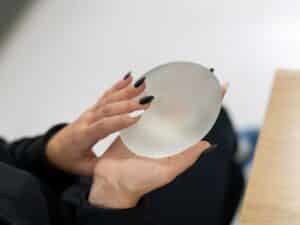
5 Things No One Tells You About a Tummy Tuck
In recent years, Houston abdominoplasty procedures, otherwise known as tummy tucks, have seen a major increase in popularity in Texas and in the rest of the US. The surge in demand for the tummy tuck stems mostly from women who are seeking to flatten and smooth out their midsection after going









